Perth Museum opening: 11 remarkable objects that tell Scotland's story in its old capital
A collection of objects that track thousands of years of Scotland's story and key turning points that shaped the nation are soon to be unveiled in the heart of the country.
The new Perth Museum, which opens on March 30, promises to take visitors into Scotland’s fascinating and often tumultuous past observed by those who came before us.
Advertisement
Hide AdAdvertisement
Hide AdFrom a Bronze Age log boat that crossed the River Tay to the Stone of Destiny, which was used to crown Scottish Kings at Scone until the 13th century and will now return to Perth for good, the collection reflects life, power and culture that lay at the heart of Scotland and also the deep changes to society that occurred over time.
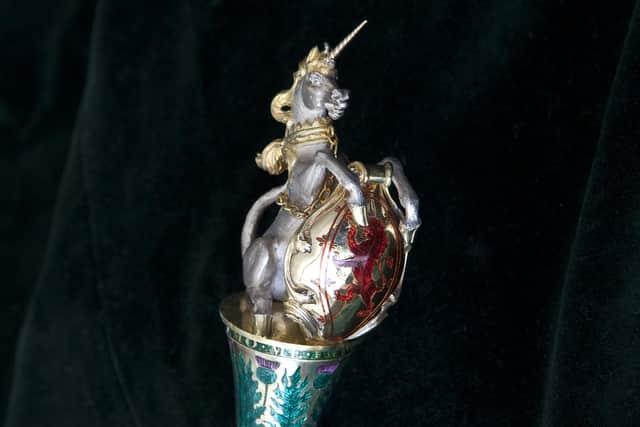

The Suffragette movement, Jacobites and the Reformation are all represented in a museum that brings the country’s story back to its former capital. The £27 million project aims to bring the collection – and the city itself – to a wider audience.
Here are some of the treasures and highlights that will crown what is being showcased at Perth Museum.
A gilded unicorn with lion rampant
The mythical beast was adopted as Scotland's national animal in the 1300s by King Robert III, with it coming to symbolise strength, purity and power. Here the unicorn sits atop a 19th-century ceremonial rod or wand, part of the regalia of the Usher of the White Rod.
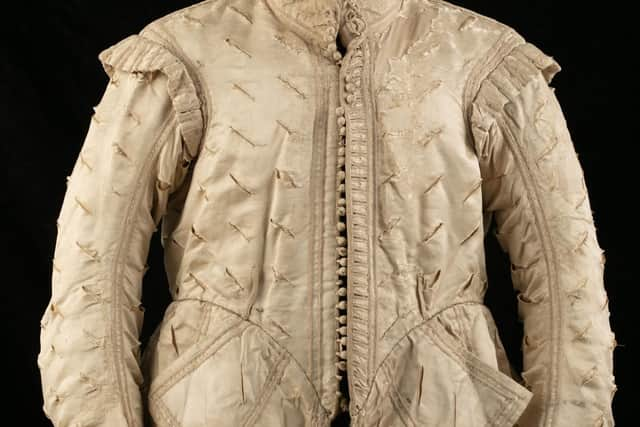

Made around the time of King George IV’s coronation and visit to Scotland, this rod also featured as part of the Coronation of King Charles III last year. This represents a tradition that dates back to the inauguration of Gaelic kings and the rod was the primary symbol of a rulers’ legitimate authority.
Although the Usher of the White Rod has not held duties since Scotland’s union with England in 1707, it is the counterpart to the role of the Usher of the Black Rod, now a senior officer in the House of Lords.
Medieval Walrus Tusk Knife Handle
This 14th-century knife emerged from an excavation of Perth city centre in the 1970s with a Pagan past emerging with the object.
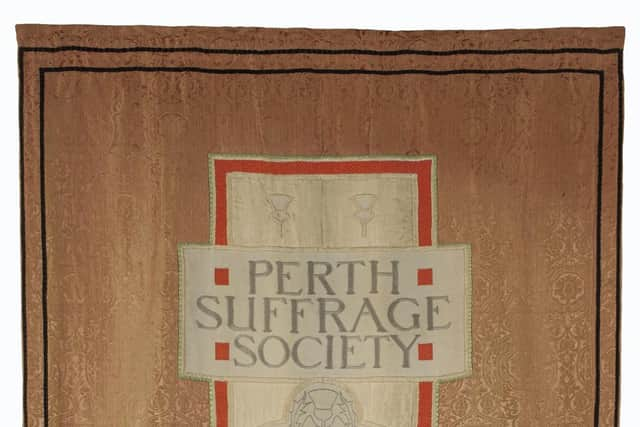

The handle, made of walrus ivory that can be dated to the 14th century, shows a hooded face carved in fine detail with intricately carved leaves surrounding the figure’s hood. It probably represents someone enjoying May-time festivities and is considered by the museum to be a further, fine indication of a thriving cultural life in medieval Perth.
Advertisement
Hide AdAdvertisement
Hide AdMay festivities in Perth included an annual procession to a cave, known as the Dragon Hole, situated below Kinnoull Hill. The Church of Scotland tried to ban these celebrations in the late 16th century givem their Pagan roots.
Perth Suffrage Society banner
Under this banner once stood women at the sharp end of the suffragette movement in Scotland.
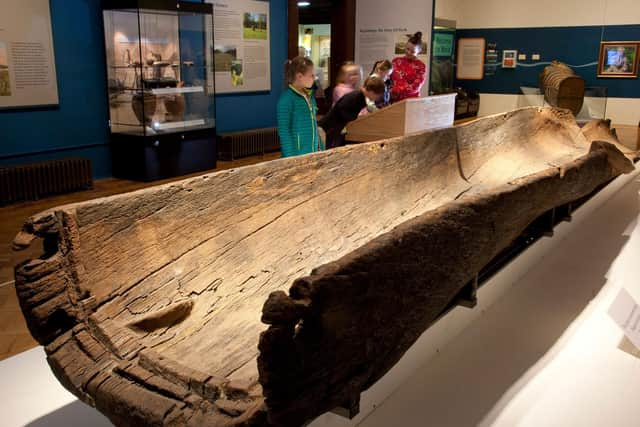

Designed by Mrs Scott Murray and Miss Fleming of the Perth Suffrage Society, it would have been held high during protests outside Perth Prison where many suffragettes were held and notoriously force fed a mix of eggs and milk as prison authorities tried to stamp out hunger strikes.
In July 1914, 24-hour protests were held outside the prison, where women such as Maud Edwards, of Edinburgh, were jailed that summer. The Edinburgh feminist was detained for three months for slashing a portrait of King George V in the Royal Scottish Academy. She too was force fed, despite having a heart condition.
That month, the sister of Arabella Scott, who was also imprisoned and force fed at Perth, addressed an audience who slowly marched towards the prison. Some 2,000 to 3,000 people gathered outside the gates and then sang the Burns’ song, ‘Scots wha Hae’.
Silk doublet
The slashed cream silk padded jacket points to wealth and an influential family of 17th-century Perthshire.
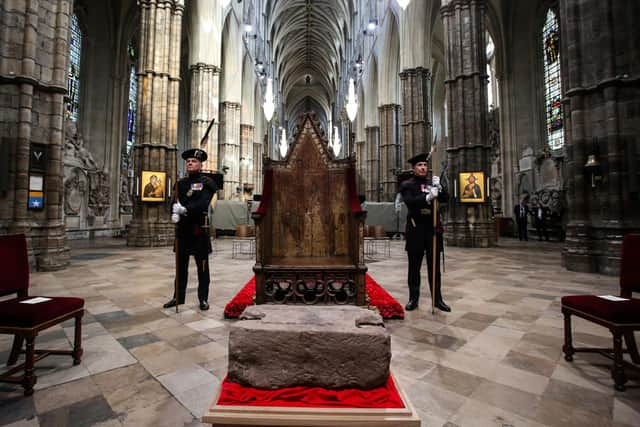

This doublet – a padded jacket – is an extremely rare survivor of its kind. The only other equivalent example in a UK collection is too fragile to be photographed, let alone displayed.
The family who donated the doublet, which was made from imported cream silk, linked it to occupants at Urrard House at Killiecrankie. If true, it places the jacket with the influential Stewarts of Urrard.
Advertisement
Hide AdAdvertisement
Hide AdThe original Urrard House was central to the Battle of Killiecrankie, which was fought on part of the estate between Jacobites and government forces in 1689.
Although a Jacobite victory, the battle ended in the death of John Graham, 1st Viscount of Dundee – also known as Bonnie Dundee. Traditionally, it is said the shot that killed him was fired from a window at Urrard House.
Carpow log boat
A 3,000-year-old boat carved from a single tree trunk highlights the central role the River Tay has held in everyday and ceremonial life of those who live close to the water.
The Carpow logboat was discovered just a few miles from the museum and helps to unravel Bronze Age culture in the area.
At the time the tree was cut down for the boat, it was around 400 years old and up to 30m tall. The boat makers used a range of tools to hollow out the tree, including a bronze axe.
The logboat – the oldest and best preserved in Scotland – has been radiocarbon dated to around 1,000BC. It would have been used to transport people and cargo and likely served a ceremonial function.
In making offerings to the river as part of worship, a logboat would have made an ideal platform from which to cast objects into the Tay. The vessel may have been deliberately sunk as one of the offerings.
St. Madoes Stone
A magnificent piece of early medieval sculpture, the Pictish St Madoes cross-slab dates to the eighth century AD. Its imagery powerfully symbolises the authority of the Christian church, with its ring-headed cross surrounded by biting dogs and with two lion-like creatures facing each other across the top of the stone.
Advertisement
Hide AdAdvertisement
Hide AdOn the back, three cloaked and hooded riders, probably churchmen, are depicted in a possible reference to the road and its users between St Andrews and Scone. Below them sit three Pictish symbols: a crescent and V-rod, a double-disc and Z-rod and a Pictish beast.
The symbols are much worn due to exposure to the elements in St Madoes churchyard, from where it was moved in 1991.
The Stone of Destiny
The ancient symbol of Scottish monarchy and kingdom is coming home. A king-making stone, it was used in the inauguration of Scottish monarchs at Scone, three miles upriver of Perth on the River Tay. Its first documented use was in 1249 for the inauguration of the boy-king, Alexander III.
Taken as war loot by King Edward I of England 50 years after Alexander became king, the Stone was carried to Westminster Abbey in London; a symbol of Edward’s victory and his perceived right to rule.
Returning home to Perthshire for the first time in 700 years, this iconic artefact is still used to crown kings and queens of the United Kingdom today, including the coronation of King Charles III in May last year. It is a potent symbol of Scotland's nationhood and is destined to be a top draw of the new museum, where it will arrive from Edinburgh Castle for permanent display.
Miss Ballantine’s Salmon
The salmon – and the woman who caught it – have something of legendary status.
Miss Georgina Ballantine took home the heaviest rod-caught salmon in Britain following a two-hour battle to land the fish from the River Tay. The 64lb salmon was caught in October 1922, just near the village of Caputh.
Ms Ballantine, who set a record now unlikely to be beaten given salmon sizes have decreased over the years, was 32 when she landed the salmon, despite having arthritis in her hands. A nurse celebrated for her work in France in World War One, she had her legs amputated in later life, but lived happily at home thanks to the kindness of her neighbours.
Advertisement
Hide AdAdvertisement
Hide AdShe was much loved in her village and people rallied round to take care of her, even putting a special light on the top of her cottage so she could flash it for help when required.
The Strathmore Meteorite
On a crisp day in December 1917, a bright ball suddenly appeared in the skies, with people from County Durham to Aberdeenshire stopping to witness the fall of a meteorite. When the fireball passed above Perthshire, it hit the ground and exploded, scattering the meteorite into four pieces across Coupar Angus and Blairgowrie. Farm workers reported a heavy thud that caused a flock of sheep to scatter.
The Strathmore meteorite, which could be up to 4.6 billion years old, is the largest ever recorded in Scotland. The fragment on show at the museum landed at South Corston Farm, just south of Coupar Angus. It was found by a gardener in a large hole in the ground.
St Bartholomew from St Johns Kirk, 1557
This rare and important Pre-Reformation portrait of St Bartholomew was retrieved from St John’s Kirk, just next to Perth Museum, which was the scene of a pivotal event of the Reformation when John Know preached his sermon against idolatry on May 11, 1559. The congregation was so inflamed they stripped the Kirk of its ornaments and then stormed out of the church, sacking Perth’s wealthy religious houses. The Scottish Reformation was now well underway
St Bartholomew was the patron saint of the Glovers Incorporation – craftspeople who made gloves from animal skins – and this portrait of him depicts many of the tools and emblems associated with the trade. The Glover Incorporation of Perth has had a presence in Perth since at least 1210, although the origins of glove making in the city will certainly pre-date this.
Bonnie Prince Charlie’s sword
Bonnie Prince Charlie’s solid-silver hilted broadsword, made by Perth craftsman James Brown, was believed to have been given to him in 1739 by James Drummond, the 3rd Duke of Perth. It would have been an important symbol of Charles Edward Stuart’s claim to the Scottish throne whilst the Jacobite court was in exile in Rome in 1739.
In the museum collection, a stunning Jacobite wine glass, etched with the Duke of Perth’s family motto – Gang Warily – will also go on show.
The Duke played a vital role in the last Jacobite Rising of 1745 and raised a regiment in Crieff before meeting Charles Edward Stuart in Perth in September 1745 where he was appointed joint commander of the Jacobite forces.
Advertisement
Hide AdAdvertisement
Hide AdAlthough Drummond was well-liked by the prince and his men, he was an inexperienced soldier. He was a member of the Jacobite ‘Council of War’ for the invasion of England, and attempted, but failed, to induce the clans to charge at the enemy during the final defeat at Culloden. He escaped, but died a few weeks later at sea in May 1746.
Comments
Want to join the conversation? Please or to comment on this article.